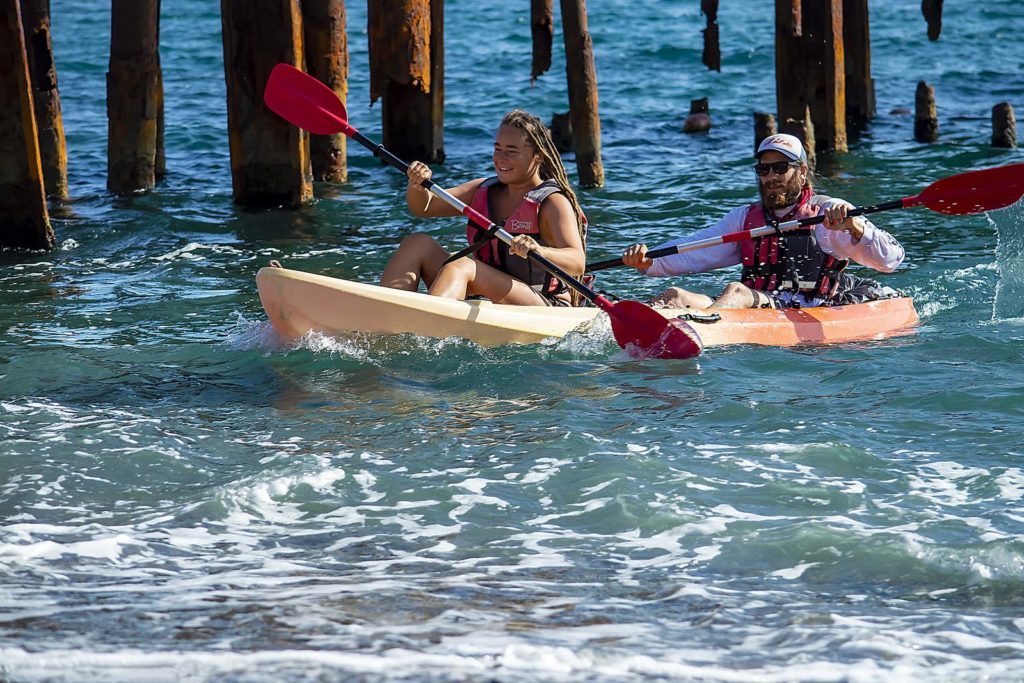Paddling kayaks is a lot easier than most people think. However it takes time (https://www.padlespesialisten.no). Anyone who wants to learn how to paddle can improve their paddling skills by following simple techniques.
Here are five tips on how to paddle your kayak better.
1. The Forward Stroke
The most basic way to paddle your kayak is to simply push down with your paddle. To do this you have to set your tail and paddle hard. You also have to be balanced on the edge of the kayak so that you can keep the boat going forward.
Be careful not to twist your body too much as you move the kayak along. Use the current for forward motion and, of course, keep looking at the horizon.
2. The Back Stroke
On a straight in approach, maintain a constant stroke and get the boat up in a straight line from the bow, without slowing down or losing any speed. The lilt of the stroke should be noticeable and the boat will turn as you paddle.
3. The Draw Stroke
This technique is similar to the 5½ lean, which uses the weight of your arms on the opposite side of the canoe. Instead of pulling your body toward the paddle and the water, you push the body away from the paddle and the water. That’s it!
The two forces push the canoe away from the paddler and towards the paddle (https://www.padlespesialisten.no/categories/sup). If you want to paddle the opposite direction, the force of the push should be equal on each side.

4. The J-Stroke
The J-stroke is one of the most fundamental stroke used by both beginners and advanced paddlers. This stroke is used to move forward, backward, up and down in order to stay upright.
Don’t worry if you haven’t done a lot of kayaking before. This is a simple stroke that takes you in the right direction.
Bottom Line
We hope that these tips will be useful to you. Learning to row is not complicated. You just need patience and follow these simple tips to take better advantage of the energy of each stroke.